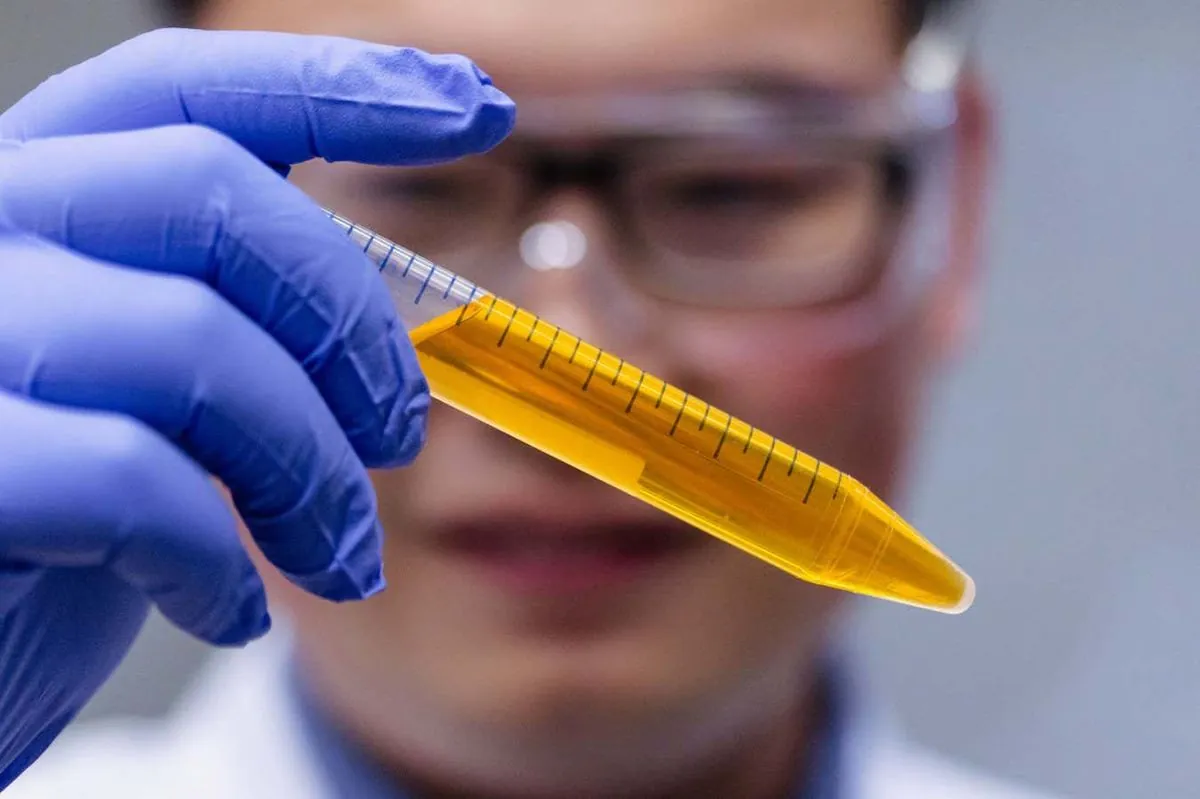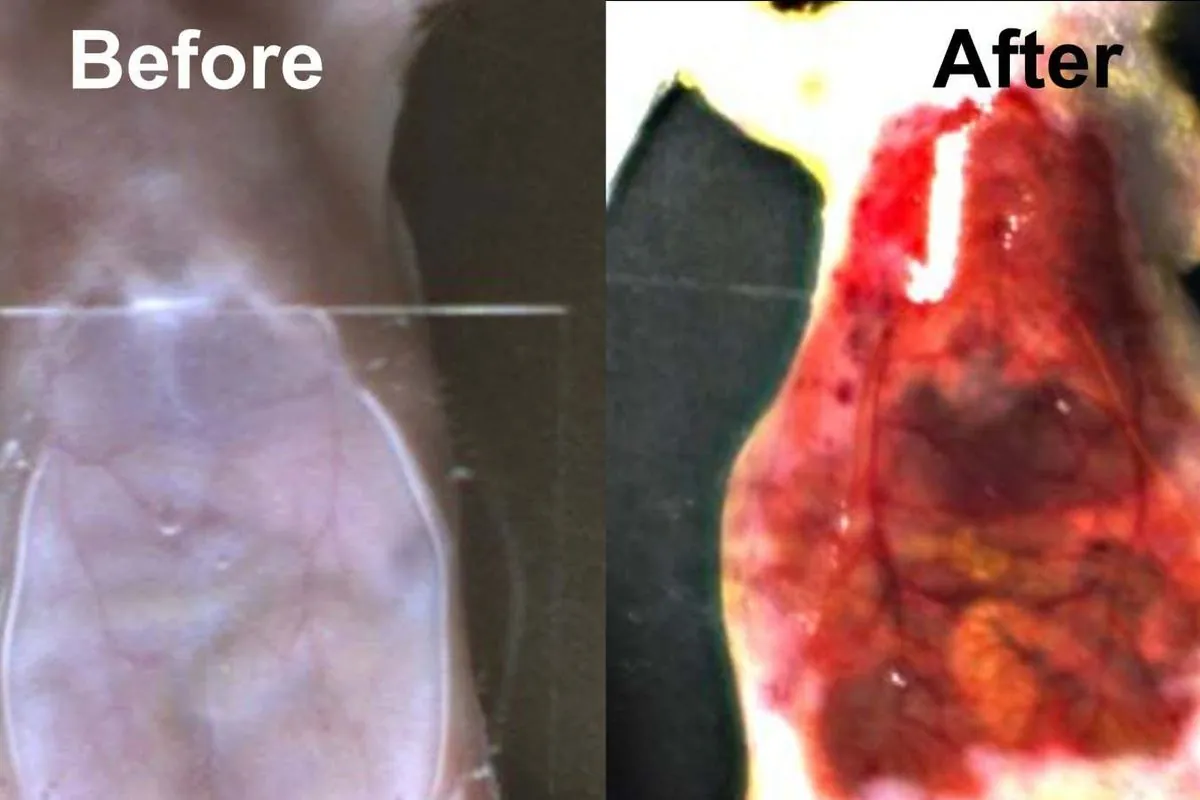Doritos Dye Turns Skin Transparent: Breakthrough in Medical Imaging
Scientists discover that tartrazine, a common food dye, can make skin transparent. This groundbreaking finding could revolutionize medical imaging and research, offering new insights into organ functions.

Scientists have made a remarkable discovery: a common food dye found in Doritos and other snacks can render skin transparent. This breakthrough could potentially revolutionize medical imaging and research.
Dr. Zihao Ou, co-author of the study, explained that tartrazine, also known as E102 or FD&C Yellow #5, when mixed with water and applied to shaved mouse skin, caused it to become transparent within minutes. This effect allowed researchers to observe blood vessels and organs up to a centimeter below the surface.
Tartrazine, first synthesized in 1884, is one of the most widely used food colorants. It's found in various products, including cereals, sweets, energy drinks, and chicken stock. While safe for consumption, it has been linked to hyperactivity in some studies.
The process works by modifying the skin's refractive index, allowing light to pass through without scattering. This is achieved by combining tartrazine's light-absorbing properties with the skin's extracellular matrix.

Importantly, this method is reversible, biocompatible, and cost-effective. Dr. Christopher Rowlands, an expert not involved in the study, noted that this discovery could lead to significant advancements in medical and scientific imaging when combined with other techniques.
The potential applications are vast. Scientists hope this technique will enable deeper understanding of brain and organ functions, potentially aiding in the treatment of various diseases. It surpasses current methods, which can only penetrate about 2mm below the skin, by reaching up to five times deeper.
While the study used mouse skin, researchers believe it could be equally effective on human skin, despite its greater thickness. However, further testing is required to confirm this.
It's worth noting that tartrazine is banned in some countries, such as Norway and Austria, and the European Union requires warning labels on foods containing it. The FDA also mandates specific labeling for products with tartrazine due to potential allergic reactions in some individuals.
This groundbreaking discovery opens up new possibilities in medical research and imaging, potentially offering unprecedented insights into complex biological processes.
"For those who understand the fundamental physics behind this, it makes sense. But if you aren't familiar with it, it looks like a magic trick."
As research progresses, this innovative use of a common food dye could pave the way for significant advancements in our understanding of human biology and disease treatment.


































